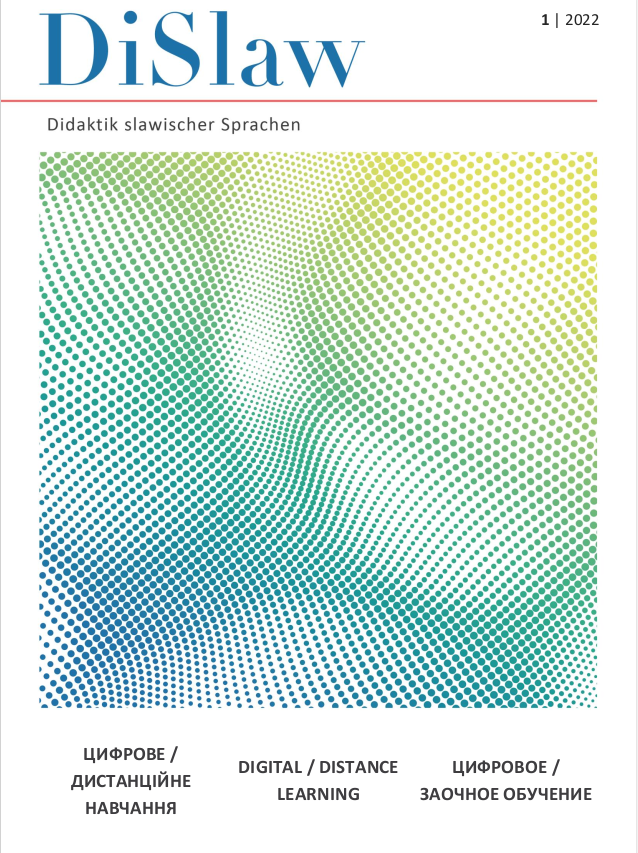Google Translate - Friend or Foe in the Eyes of Speakers of Related Slavic Languages?
DOI:
https://doi.org/10.48789/2022.1.10Keywords:
machine translation, language learning, Slovene as a second language, questionnaireAbstract
In recent years, the teachers of Slovene as a second language at university lectorates have noticed a significant increase in the use of machine translation (MT) among students. In the summer of 2021, I therefore conducted a survey on the use of MT among foreign students at the University of Ljubljanawho learn Slovene. The 104 valid responses showed that international students find MT –almost exclusively Google Translate – very helpful. Although the vast majority of respondents speak one of the South Slavic languages as their first language, they often use MT via English; they use it mainly when preparing written university assignments and when studying literature, less often during lectures and most rarely in written exams. They translate single words and phrases more frequently than longer sections or whole texts and point out problems such as poor translation of colloquial expressions and the need for post-editing of machine translations. Due to MT, they believe they get around more easily in the Slovene environment, learn Slovene faster and use it more correctly, but they do not agree that MT enables them to communicate better in Slovene. Thus, despite the increasing quality of MT, learning the language of the environment in which one is studying is still essential.



